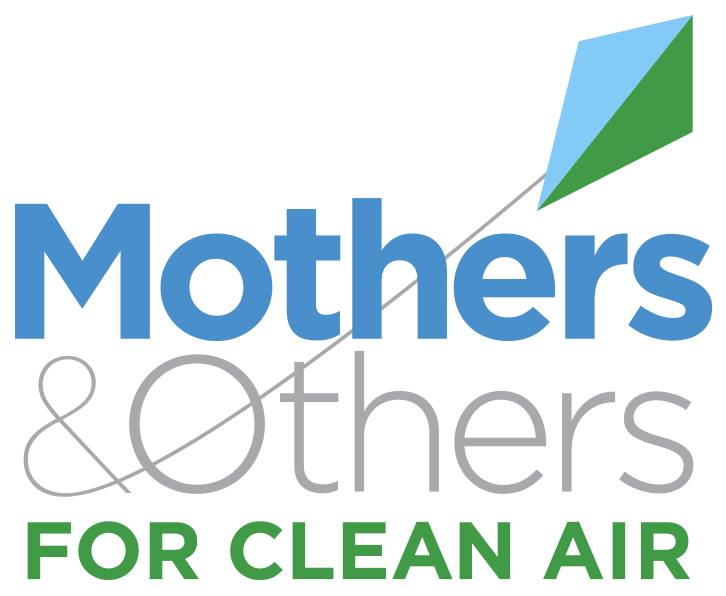Race and ethnicity are consequential constructs when it comes to exposure to air pollution. Persistent environmental racial/ethnic inequalities call for attention to identifying the factors that maintain them. We examined associations between racial residential segregation and racial/ethnic inequalities in exposure to three types of air pollutants. Using data from the Panel Study of Income Dynamics (1990–2011), the U.S. Census (1990–2010), and the Environmental Protection Agency, we tested the independent and joint contributions of race/ethnicity and metropolitan-level residential segregation on individual levels of exposure to air pollution nationwide. We found that racial and ethnic minorities were exposed to significantly higher levels of air pollution compared to Whites. The difference between minorities and Whites in exposure to all three types of air pollution was most pronounced in metropolitan areas with high levels of residential segregation. The environmental inequities observed in this study call for public health and policy initiatives to ameliorate the sources of racial/ethnic gaps in pollution exposure. Given the links between the physical environment and health, addressing such uneven environmental burdens may be a promising way to improve population health and decrease racial/ethnic inequalities therein.
Published Oct 15, 2018
Woo, B., Kravitz-Wirtz, N., Sass, V., Crowder, K., Teixeira, S., & Takeuchi, D. T. (2019). Residential Segregation and Racial/Ethnic Disparities in Ambient Air Pollution. Race and Social Problems, 11(1), 60–67. https://doi.org/10.1007/s12552-018-9254-0
